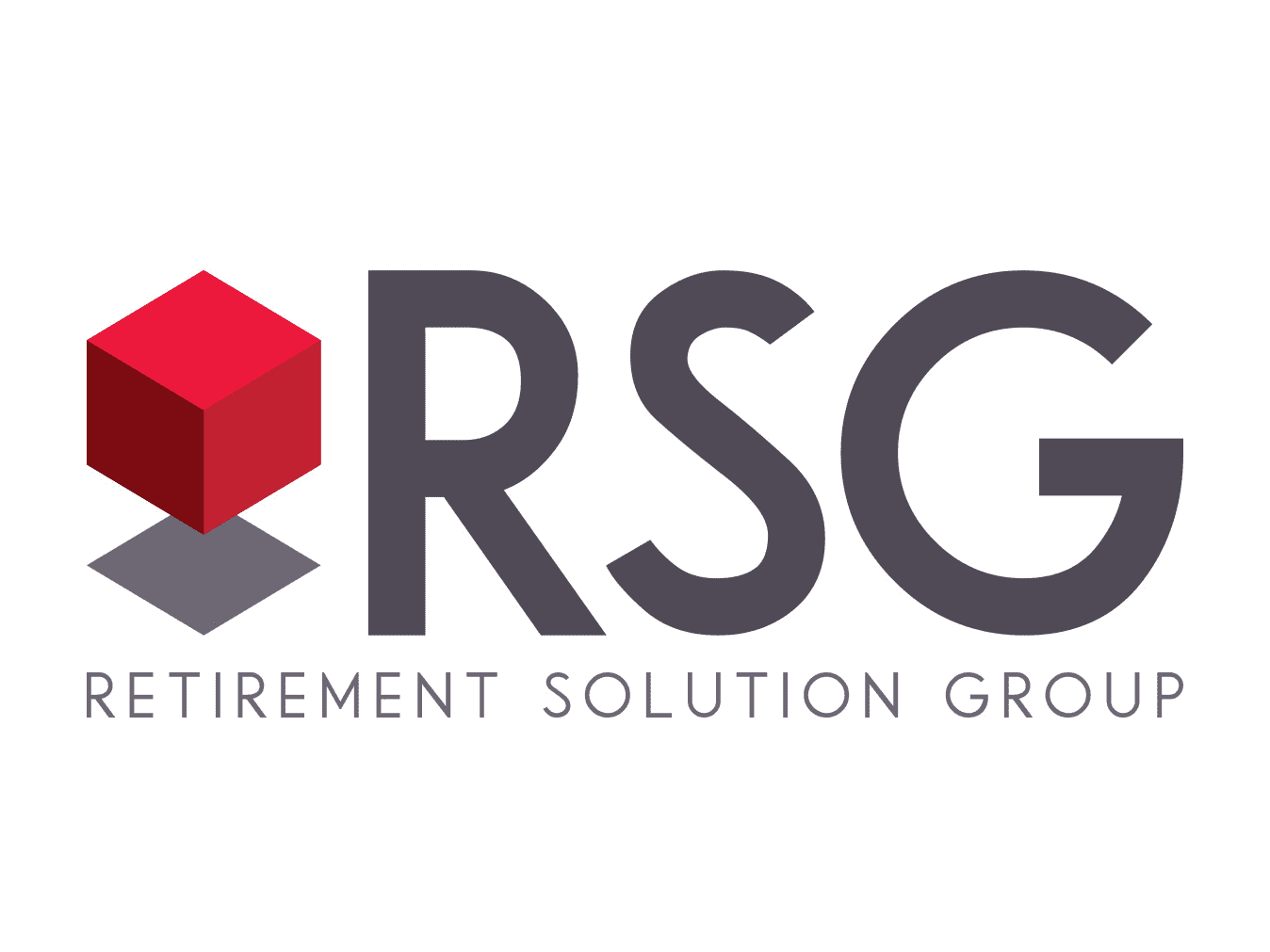A retirement plan is a critical business asset that should be part of any merger and acquisition review and plan. Taking the first steps may require a retirement advisor to collect data, assess coverage requirements, perform some aggregate testing and review compliance. Mergers create a need for a multi-plan conversion strategy. And retirement plans begin to work harder for your business with due diligence on the funds, the plan design and participant pricing and educational resources.
When Retirement Solution Group first started talking to the CFO at one of the leading providers of background data checks, we did not know him nor the company. Our connection came through a small client with whom RSG had a limited service agreement. The client’s company was newly acquired by this larger firm and in that transition had gone past the filing deadlines, thus creating some retirement plan compliance issues which needed to be addressed. With several advisors at hand, they eventually brought their immediate issue to RSG. Once the CFO spoke with us, it did not take long for him to realize there was an underlying issue. This was a bigger Control Group issue, and one that we seemed to understand better than the other advisory resources he had spoken with.
Understand Their Business as well as the 401(k) Plan
The acquiring company is a background data checking firm. Over the past few years they have grown rapidly, adding 6 companies to their portfolio, and our client was one of them. This growth is a good thing. In our first conversation, we tapped into what we know about many growing companies experience. As we explored our assumptions about the business, the CFO kept saying, “Yes that’s right.”
- Am I correct that you folks are a well-capitalized firm looking to continue your growth strategy through acquisition?
- After you acquire these firms, you are functionally letting them run independently to avoid disruption to the mid-level management team and staff?
- Am I correct that these are stock purchases and not an asset purchase?
- Is it true that while each deal may be a little different, the holding company LLC owns 100% of the portfolio and all the companies with it?
- Final question, in talking with your other 401(k) support advisors and/or administrators, is it correct that no one has proactively brought up the discussion of a control group?
The CFO is a very smart guy, who was running hard on the primary objective of acquisition and growth. But this call gave him reason to pause as he had that Aha! moment. He realized there may be an underlying and more widespread compliance issue for their retirement plan. He realized these ERISA benefits were completely independent even though ownership was completely the same. Stopping to look at the bigger picture was eye opening. And the issue discovered–totally correctable.
Bigger Picture Resolution
Our solution was to become a fiduciary advisor to the Plans, form a committee and build a project plan. We broke the process into three strategies to turn these small and mostly unutilized benefits into a more sound organizational asset. One that did not carry with it significant compliance risk.
Fix it
RSG worked closely with the CFO and his team to collect data, assess coverage requirements, perform some aggregate testing and complete an IRS Voluntary Compliance Program submission to fix and fully indemnify the company.
Merge it
RSG and the client HR Director worked collaboratively to build a multi- plan conversion strategy. This conversion was based on multiple recordkeepers, some single employer plans and two coming from a PEO environment (professional employer organization). We created a new plan document that recognized all entities and managed the six independent conversions into one master plan.
Enhance it
Finally, we did extensive due diligence on the funds, the plan design and sent the Plan in for a request for proposal (RFP) to negotiate better participant pricing and educational resources.
Everyone Wins
At the end of the day, a few small plans with little to no growth, became a single $7+ million dollar plan with nearly 300 participants. Plan health, participant engagement and contributions are all significantly higher today. At the same time, costs have been reduced due to the aggregation and RFP process. Meanwhile, the company significantly reduced their liability by fixing the post-transaction compliance issues and by ensuring the due diligence, government filings and all fiduciary oversight is happening at one executive review that applies to all organizations.
To think, it all started with one compliance issue which opened up the opportunity for a business to use their retirement plan as a real business asset. Looking at a business’ retirement plan in context of the entire business is just a best practice. In our books, that’s a win, for the client and for RSG.


